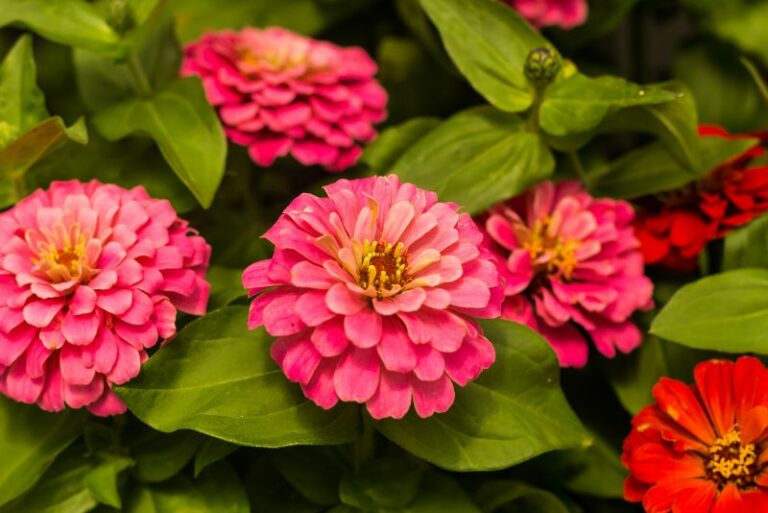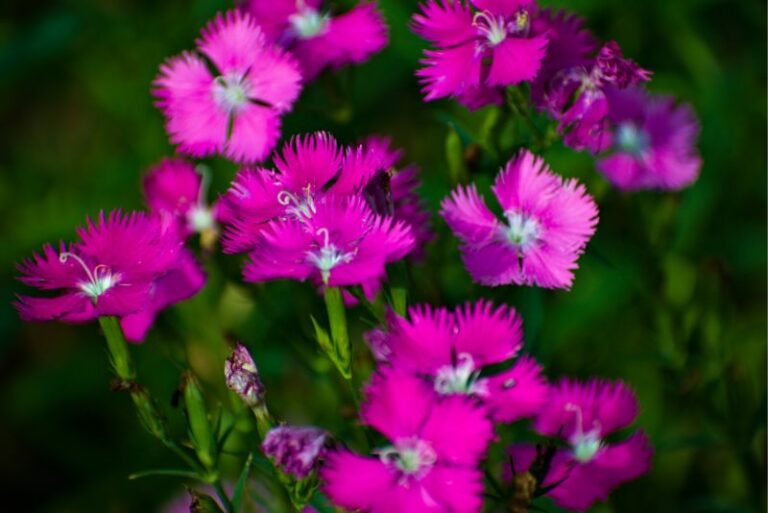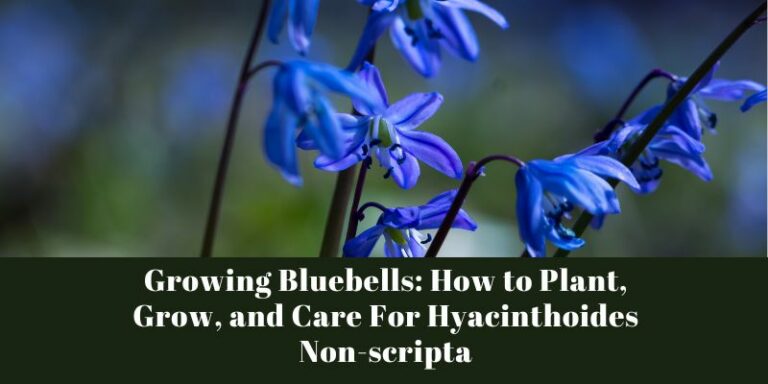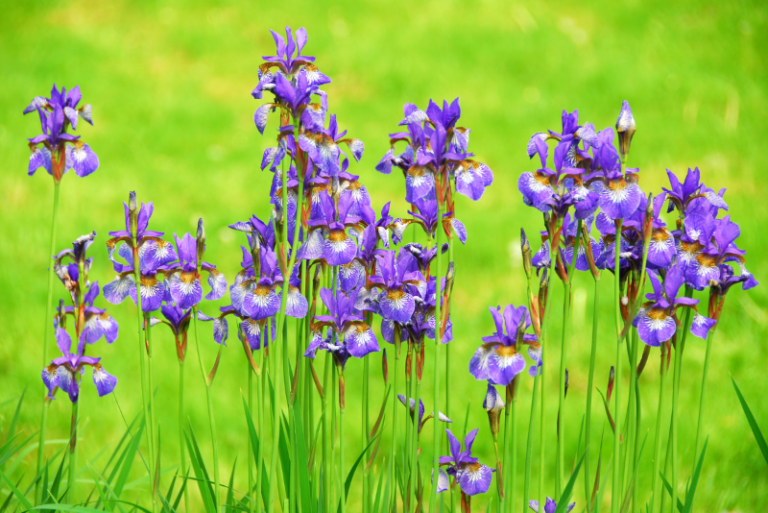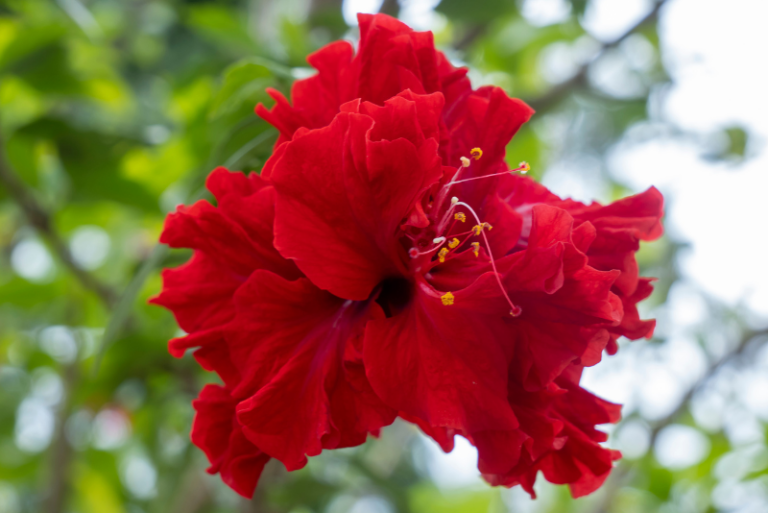How to Grow Penstemons: A Guide for Gardening Enthusiasts
Penstemons, with their towering spikes of tubular flowers, are like the royalty of the garden. If you’re a gardening enthusiast or simply appreciate the vibrant beauty of flowering plants, penstemons are a must-have in your garden. This comprehensive guide will walk you through everything you need to know about growing these exquisite perennials, from selecting the best varieties to caring for them throughout the seasons.
Understanding Penstemons
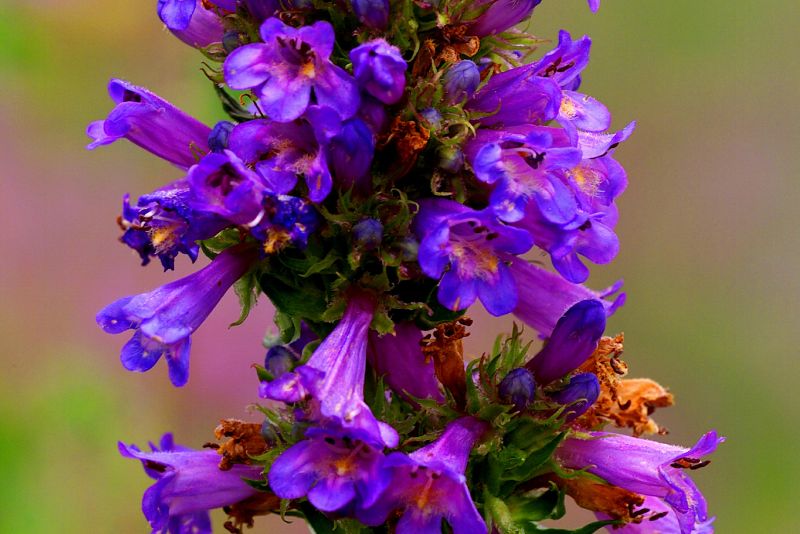
What are Penstemons?
Penstemons, also known as beardtongues, are a diverse genus of around 250 species of flowering plants native to North America. They belong to the plantain family (Plantaginaceae) and are well-loved for their showy, foxglove-like flowers, often brightly colored with unique patterns. Despite their delicate appearance, many penstemons are hardy and can thrive in a variety of conditions, which makes them favorites among gardeners.
Varieties and Colors Available
One of the most attractive features of penstemons is the wide range of colors and varieties they offer. You can find penstemons in shades of blue, purple, pink, red, and white, sometimes with contrasting throats or striping that gives them an exotic beauty. Varieties vary from compact, trailing ones suitable for containers to tall, dramatic specimens that make a statement in a perennial border.
Ideal Growing Conditions
Penstemons prefer locations with full sun, though they will tolerate some light shade. They grow best in well-drained soil and are somewhat drought-tolerant once established. The soil pH should ideally be slightly acidic to neutral. Knowing the regional hardiness and plant zones is crucial for optimal growing conditions. Those in colder climates might need some winter protection.
Planting Penstemons
Choosing the Right Location
Selecting the proper growing site is paramount for the success of your penstemons. They need at least six hours of full sunlight per day. If you are in a warmer climate, some afternoon shade can help prevent scorching. Good air circulation is important, too, as it discourages diseases which can be an issue in crowded, poorly ventilated areas.
Soil Preparation and Drainage
Before you plant your penstemons, it’s crucial to prepare the soil. Work in plenty of organic matter to improve the soil structure and drainage. If your soil is heavy, consider adding sand or perlite to increase porosity. For clay soils, creating a raised bed can help in preventing waterlogging, which penstemons dislike.
Planting Techniques and Spacing
When planting penstemons, dig a hole as deep as the container they were purchased in and twice as wide. Gently tease the roots apart if the plant is pot-bound. Place the penstemon in the hole, ensuring the top of the root ball is level with the surrounding soil. Space plants according to their mature width, usually 18 to 24 inches apart.
Caring for Penstemons
Watering Frequency and Methods
The dry, arid conditions where many penstemons originate mean they’re not keen on too much water. After planting, keep the soil consistently moist (but not waterlogged) to help the plant establish its root system. Once established, water deeply but infrequently, allowing the soil to dry between waterings.
Fertilization Tips
Penstemons are not heavy feeders, but they can benefit from a light application of a balanced fertilizer in the spring. Avoid high-nitrogen fertilizers, as these can promote leaf growth at the expense of flowers. Organic options, such as compost or well-rotted manure, can also be applied as a top dressing in the spring.
Pruning and Deadheading Guidance
To encourage a second flush of flowers and prevent legginess, deadhead your penstemons regularly by removing spent flower spikes. In the fall, after the final flowers have faded, cut the plants back to the ground. This helps the plant conserve energy and prepares it for the dormant winter months.
Common Issues and Troubleshooting
Pest Control
Penstemons are relatively pest resistant, with any issues usually being of minor concern. Keep an eye out for slugs and snails, particularly when new growth is appearing in the spring. Physical barriers, such as crushed eggshells or copper tape, can be effective deterrents. Insecticidal soap can control infestations of aphids or spider mites if they occur.
Disease Prevention
Proper spacing and good airflow are your best allies in preventing disease. Penstemons can be susceptible to fungal pathogens in damp or humid conditions. Overhead watering, which can splash soil onto the foliage, should be avoided. Ensure your garden tools are clean to prevent the transmission of diseases from plant to plant.
Addressing Common Growth Problems
If you notice that your penstemon is sprawling or not flowering as profusely as it used to, it might be time to divide the plant. This is typically done every three to four years in the spring. Dig the entire plant up, divide the crown and roots into sections, and replant the healthiest portions.
Seasonal Care Guide
Spring Maintenance
In the early spring, as new growth emerges, it’s a good time to divide and transplant penstemons, if needed. Begin regular watering and consider applying a layer of mulch to retain moisture and suppress weeds. Check for pests, especially as the weather warms and insects become more active.
Summer Care Routine
During the summer, enjoy the splendor of your penstemons in full bloom. Water deeply if the weather is particularly dry, and continue to deadhead spent flowers to prolong the blooming period. You may also begin to notice new seedlings around the parent plant. If they’re not in a suitable location, gently remove and transplant them.
Fall Preparations
In the fall, continue regular watering until the first frost. Monitor for signs of pests and diseases as the weather cools. Once the plants have finished flowering and the foliage begins to die back, cut the plants back to the ground. Add a protective layer of mulch to the base for winter and prepare to showcase the fall colors in your garden.
Propagation of Penstemons
Propagation through Division
To propagate penstemons through division, dig up the plant in the spring, ensuring you have a good amount of roots with each division. Use a sharp knife to separate the roots and crown, ensuring that each new division has several growing points. Replant immediately in prepared soil and water well.
Propagation through Cuttings
Taking cuttings from softwood growth in the summer yields the best success. Cut a 4-to-6-inch piece of new growth, remove the lower leaves, and dip in rooting hormone. Plant in a well-draining propagation mix and keep the soil consistently moist. Once roots develop, which could take several weeks, the new plants can be potted up or planted out.
Choosing the Right Variety
Understanding the different varieties of penstemons can help you choose the right plant for your garden. Some are dwarf and compact, perfect for the front of a border or a rock garden. Others grow quite tall and would be best placed at the back of a border. Consider bloom time as well, as some varieties will flower earlier in the season while others hit their peak in midsummer.
Historical and Cultural Significance
Learning about the native habitats and historic use of penstemons can deepen your appreciation for these beautiful plants. They hold cultural significance to many Native American tribes and it’s intriguing to know which species are native to your region. This cultural significance can also inform how best to care for the plants in a way that honors their heritage.
Real-Life Garden Examples
Real-life cases and examples can provide valuable insights and practical tips that you may not find in gardening manuals. Stories of how other gardeners have successfully incorporated penstemons into their landscapes can inspire your own planting ideas and give you a sense of the possibilities within your climate and garden space.
Companion Planting
To make the most of your penstemon garden, it’s beneficial to consider what plants go well with them. For example, you might pair them with low-growing, spreading plants to create a harmonious look. Or, choose plants that have similar soil and water needs to ease maintenance. Some well-known companions are lavender, salvia, and California poppies.
Conciusion
Growing penstemons can be a rewarding experience for any gardening enthusiast. Their unique beauty, resilience, and adaptability to different garden settings make them a versatile and valuable addition to any landscape. With the detailed information provided in this guide, you are well-equipped to cultivate a stunning penstemon garden that will blossom year after year. Remember to enjoy the process, learn from each season, and watch your garden thrive with the enchanting presence of these magnificent flowers. Happy gardening!
e

